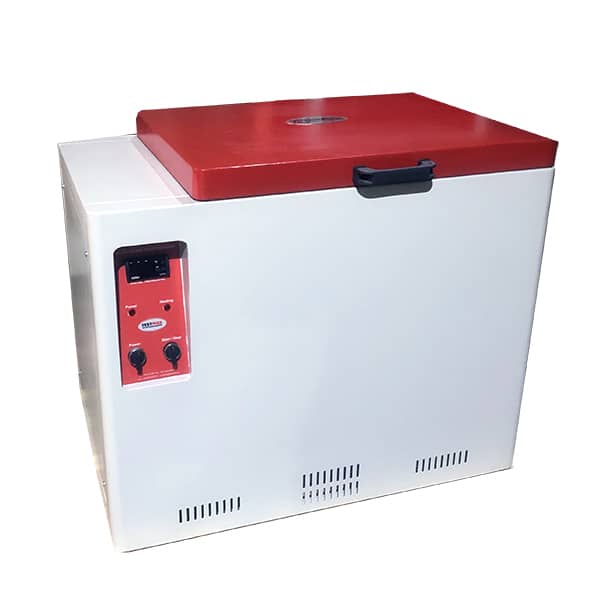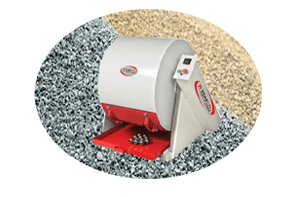Alkali – Silica Reaction occurs as a result of alkali in cement and active silica and moisture in aggregates.
Active silica reacts with the combination of alkali and moisture to form alkali silica compounds in gel consistency. These compounds swell within the concrete and initiate a formation process that causes the concrete to crack.
The alkali-silica reaction is a long and continuous process, and once cracks have formed, there is no definitive solution. The precautions to be taken against this reaction should be applied at the design stage of the concrete.
The samples in the cabinet are kept at approximately 100% Relative humidity and a temperature range of 20 °C to 70 °C. Temperature Deviation is more sensitive than 0.5 °C.
There is a data recording system that can record the temperature and there is a screen that shows the values graphically.
There is an alkali-silica reaction bath, a vapor generation system. The steam generation system can be used at temperatures below 40 °C or low water temperatures and can create a humidity close to 100% when needed.
The alkali-silica reaction bath water vapor generation system includes a pressurized pump unit and a moisture spray jet. Flow rate of the pump Min. It is 1.2 L/min. The alkali-silica reaction bath maintains the samples at a temperature of at least 60 °C and close to about 100% RH.
Alkali-silica Reaction Bath is supplied with;
• Sample Cassette
• Sample Holder
• Alkaline Silica
• Magnesium Sulphate
• Sodium Sulphate
![]()

